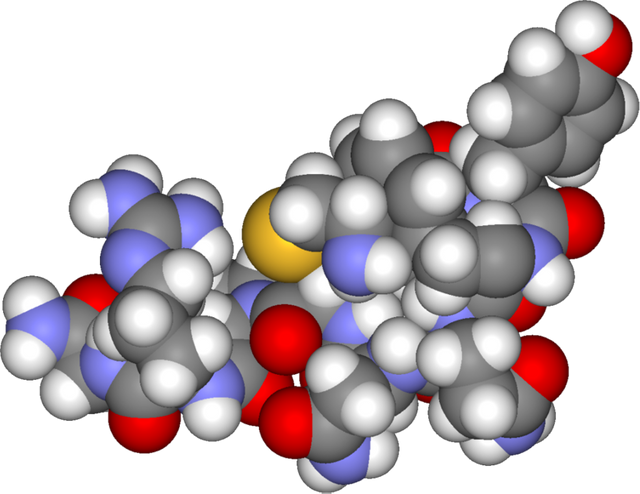DIABETES INSIPIDUS; When Excess Sugar Isn't The Culprit
Once the word "diabetes" is mentioned, everybody thinks of the clinical syndrome characterized by high blood sugar levels with the resulting metabolic implications.
What most people don't know, however, is that "diabetes" doesn't necessarily mean "sugar in the blood;" that etymologically it only refers to "excessive urination" due to some metabolic derangement.
Now, when this syndrome of "excessive urination" is caused by hyperglycemia [high blood sugar levels], it is called Diabetes MELITUS [Melitus is derived from a Greek word that means "sweet like honey"]; when it is caused by a metabolic derangement other than hyperglycemia, it is called Diabetes INSIPIDUS-- "insipid" meaning "tasteless."

Wikimedia commons
UNDERSTANDING DIABETES INSIPIDUS [DI]
The quantity of urine one makes, and amount of water taken, is important in maintaining the osmolarity of the internal environment, blood inclusive. These two are tightly regulated in such a way to maintain a balance.
Thus during cold weather, when we sweat less and lose less water, we tend to urinate more frequently, and pass large volumes of dilute urine to maintain the water and salt balance of the body.
Conversely, during a hot weather condition, when we sweat so much and lose much water, we tend to drink more, and pass smaller volumes of concentrated urine to replenish the body water lost through sweating and other means of "insensible" body water losses.
This phenomenon is called OSMOREGULATION, and is orchestrated mainly by a part of the brain called the Hypothalamus.
One of the mechanisms by which it does this is by producing a hormone called ADH [Anti-Diuretic Hormone, aka Vasopresin] when the body is dehydrated. The function of this hormone is to act on the kidneys and open up gates called "aquaporins" [water pores] to enable the body to reabsorb more water, thereby reducing the volume of urine and making it more concentrated.
DI occurs when this system breaks down, either by failure of the body to produce adequate levels of the water-retaining hormone-- ADH, or the kidneys fail to respond optimally to this hormone. The former is called Cranial DI, while the later is called Nephrogenic DI.
In both, the body is unable to reabsorb filtered water, despite the need to do so, and the sufferer ends up passing large volumes of dilute urine [as much as 3 to 20 litres in a day] with resultant varying degrees of dehydration and attending complications.
CONCLUSION
I wish I could duplicate this post. One for the initiated, and the other for the uninitiated. I leave a lot of details out for the benefit of the later, lest it gets too "technical" and confusing .
REFERENCES
- What is diabetes insipidus
- Medscape: Diabetes insipidus
- Wikipedia: Diabetes insipidus